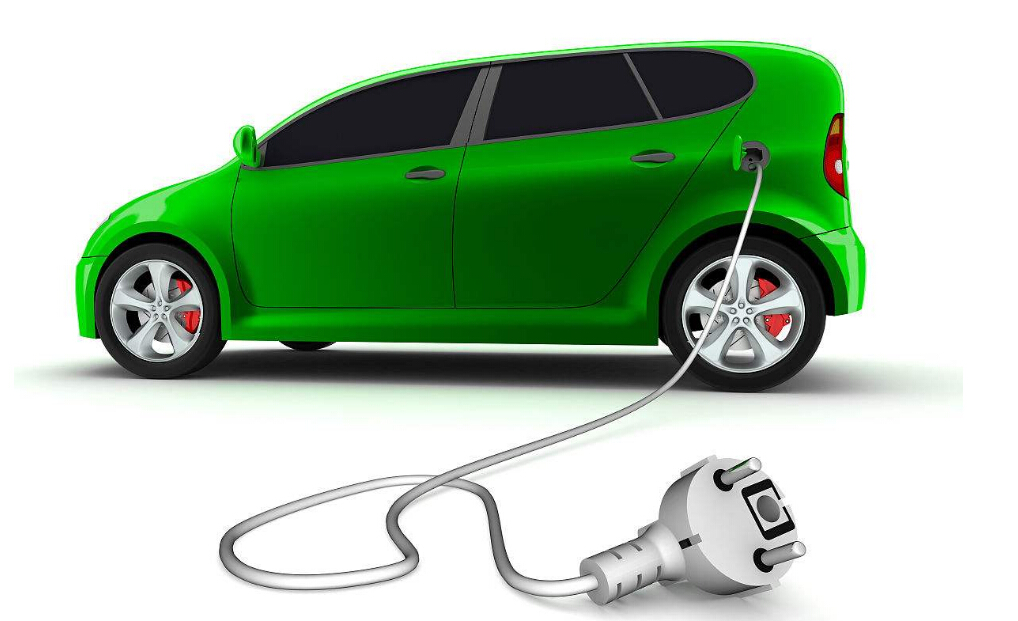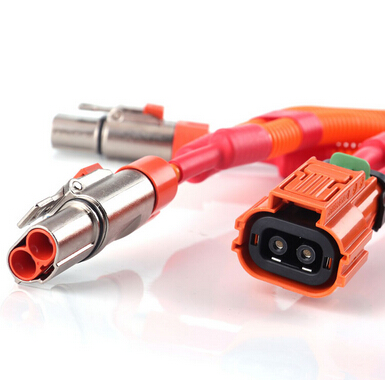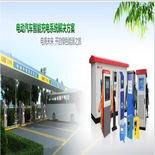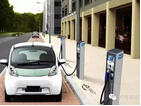"By 2020, China's new energy vehicle terminal retail sales will exceed 1.8 million; by 2021, the new energy vehicle market will enter a period of rapid development; by 2030, new energy vehicles will have advantages over fuel vehicles in terms of products and prices. The passenger car market will show a pattern of 'equal autumn'."
"Double Points Policy" boosts new energy sales by 1.8 million units
Some insiders have pointed out that the "double points" policy will greatly promote the development of China's electric vehicles, and its effectiveness is far greater than the EU's carbon emission limits and California's emissions policy.
With the “double points” policy, the joint ventures that were still hesitating have also announced plans to list their new energy vehicles. In addition to short-term emergency hybrid products, plug-in hybrids or “backdoor products”, many car companies have also proposed forward R&D product planning based on pure electric platforms. It is foreseeable that in the next 2-5 years, China's new energy vehicle market will develop rapidly.

In 2030, new energy vehicles or fuel trucks are equally divided
According to the "China's new energy passenger car market development trend research report", combined with the market development "S-type" curve law, and the fuel vehicle's "S-type" curve law, 2016 to 2021 for the new energy vehicle "introduction period" From 2022 to 2030, it is the "development period" of new energy vehicles.
The above report believes that in the “development period”, the new energy vehicle market will be characterized by rapid market growth, increased number of models, gradual decline in product prices and diversification of consumer demand.
“The future gold development period of car companies is from the beginning of 2021 to the 10 years of 2030.” Tian Weidong believes that “the total share of the new energy vehicle market in 2030 will account for half of the entire passenger vehicle market, reaching 50%.”
According to previous plans, the sales ratio of new energy vehicles will reach 7% or more in 2020, 15% in 2025, and 40% in 2030.
In this regard, Tian Weidong believes that in the future, the three aspects of vehicle cost reduction, product strength improvement and infrastructure construction will support the sales of new energy vehicles in the next decade.
"From the current point of view, the price of new energy vehicles does not have an advantage. The overall price of fuel vehicles is 50,000 to 70,000 yuan, which is caused by the high cost of batteries. We expect that starting from 2020, the power battery The price decline will drop by 10%-25% every year." Tian Weidong said, "In 2020, China's charging stations will reach 12,000, charging piles will reach 4.5 million, and the pile-to-pillar ratio will strive to reach 1:1, which is close to 5 million. The amount of possession."
In Tian Weidong's view, whether it is a fuel car or an electric car, it will eventually meet the needs of consumers, and some of the consumer's demand for vehicles is actually similar, so in the future supply of new energy vehicles will be like fuel. The car is dominated by PHEV models.
















 RCCN WeChat QrCode
RCCN WeChat QrCode Mobile WebSite
Mobile WebSite







